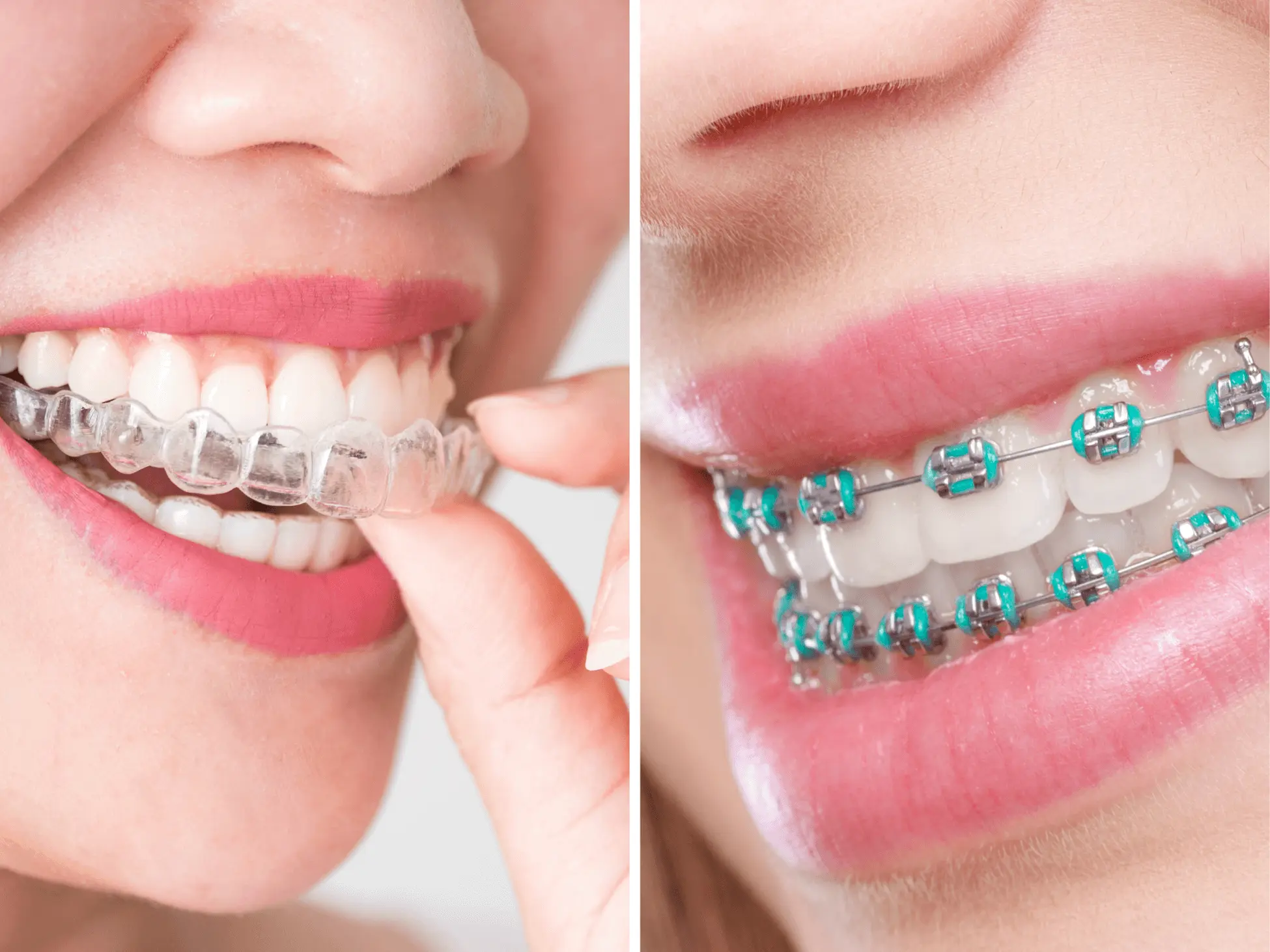Dental fillings are a common dental treatment that most people will have to undergo at some point in their lives. A dental filling is a procedure where a decayed or damaged tooth is repaired by removing the decay and filling the area with a substance that mimics the natural tooth’s appearance and function. This article will explain what dental fillings are, their importance, different types of fillings, preparation for the procedure, how the filling is placed, aftercare, and potential risks and complications.

Dental fillings are a restorative dental treatment that repairs a tooth’s structure that has been damaged by decay or trauma. When a tooth decays, a cavity forms that can progress and cause pain, infection, and tooth loss. Dental fillings stop the decay from progressing by removing the damaged tissue and filling the cavity with a material that restores the tooth’s shape and function.
Dental fillings are essential for maintaining oral health. Without dental fillings, decay and damage to the teeth can progress, leading to tooth loss, infection, and systemic health problems. By repairing decayed and damaged teeth, dental fillings help prevent more severe dental problems and improve overall oral health.
Types of Dental Fillings
There are different types of dental fillings available, and the most common include:
Amalgam fillings: are made of a mixture of metals, including silver, tin, copper, and mercury. These fillings are durable, long-lasting, and cost-effective. However, they are silver in color, making them more noticeable than other types of fillings.
Composite fillings: are made of a mixture of plastic and glass. They are tooth-colored and blend in with the natural tooth’s appearance, making them a popular choice for visible teeth. However, they are less durable than amalgam fillings and can be more expensive.
Ceramic fillings: are made of porcelain and are tooth-colored, providing a natural-looking appearance. They are durable and can last for many years. However, they are more expensive than other types of fillings.
Gold fillings: are made of a mixture of gold, copper, and other metals. They are long-lasting, durable, and can last for many years. However, they are the most expensive type of filling.
Preparation for Dental Fillings
The preparation for dental fillings includes:
Diagnosis and Evaluation: The dentist will examine the tooth and determine the extent of the damage and decay. They will then recommend the best type of filling for the patient.
Anesthesia: Before the procedure, the dentist will administer local anesthesia to numb the area around the tooth to ensure the patient does not feel any pain during the procedure.
Removal of Decay: The dentist will remove the decayed tissue from the tooth, leaving behind healthy tissue.
Tooth Preparation: After removing the decayed tissue, the dentist will prepare the tooth for the filling by cleaning and shaping it to ensure a proper fit for the filling.
Placing the Dental Filling
The placement of the dental filling includes:
Placement of Amalgam Fillings: After preparing the tooth, the dentist will place the amalgam filling material into the cavity and shape it to fit the tooth’s contours. They will then polish the filling to ensure a smooth surface.
Placement of Composite Fillings: After preparing the tooth, the dentist will place the composite filling material in layers and use a special light to harden each layer. They will then shape and polish the filling to ensure a smooth surface.
Placement of Ceramic Fillings: After preparing the tooth, the dentist will take an impression of the tooth and send it to a laboratory to create a custom ceramic filling. Once the filling has been created, the dentist will place it in the tooth and shape it to fit the contours of the tooth. They will then polish the filling to ensure a smooth surface.
Placement of Gold Fillings: After preparing the tooth, the dentist will create a custom gold filling to fit the contours of the tooth. They will then place the filling in the tooth and polish it to ensure a smooth surface.
Aftercare for Dental Fillings
Aftercare for dental fillings includes:
Normal Sensitivity After Filling: It is normal to experience sensitivity to hot and cold temperatures after the procedure, but this should subside within a few days.
Avoiding Chewy and Sticky Foods: Patients should avoid chewy and sticky foods for a few days after the procedure to prevent damaging the filling.
Maintaining Good Oral Hygiene: Patients should maintain good oral hygiene by brushing and flossing regularly to prevent further decay and damage to the tooth.
Potential Risks and Complications
Potential risks and complications of dental fillings include:
Sensitivity to Hot and Cold: Patients may experience sensitivity to hot and cold temperatures after the procedure, but this should subside within a few days.
Allergic Reactions: Patients may be allergic to the materials used in dental fillings, such as amalgam or composite materials.
Cracks or Damage to Fillings: Fillings can crack or become damaged over time, which may require replacement.
Conclusion
Dental fillings are an essential dental treatment that repairs damaged or decayed teeth, preventing further dental problems and maintaining overall oral health. The different types of fillings and the preparation and placement procedures can be tailored to meet individual patient needs. Aftercare is crucial to maintaining the longevity of the filling and preventing further decay and damage to the tooth. Seeking professional dental care for fillings is necessary to ensure proper diagnosis, treatment, and aftercare.


